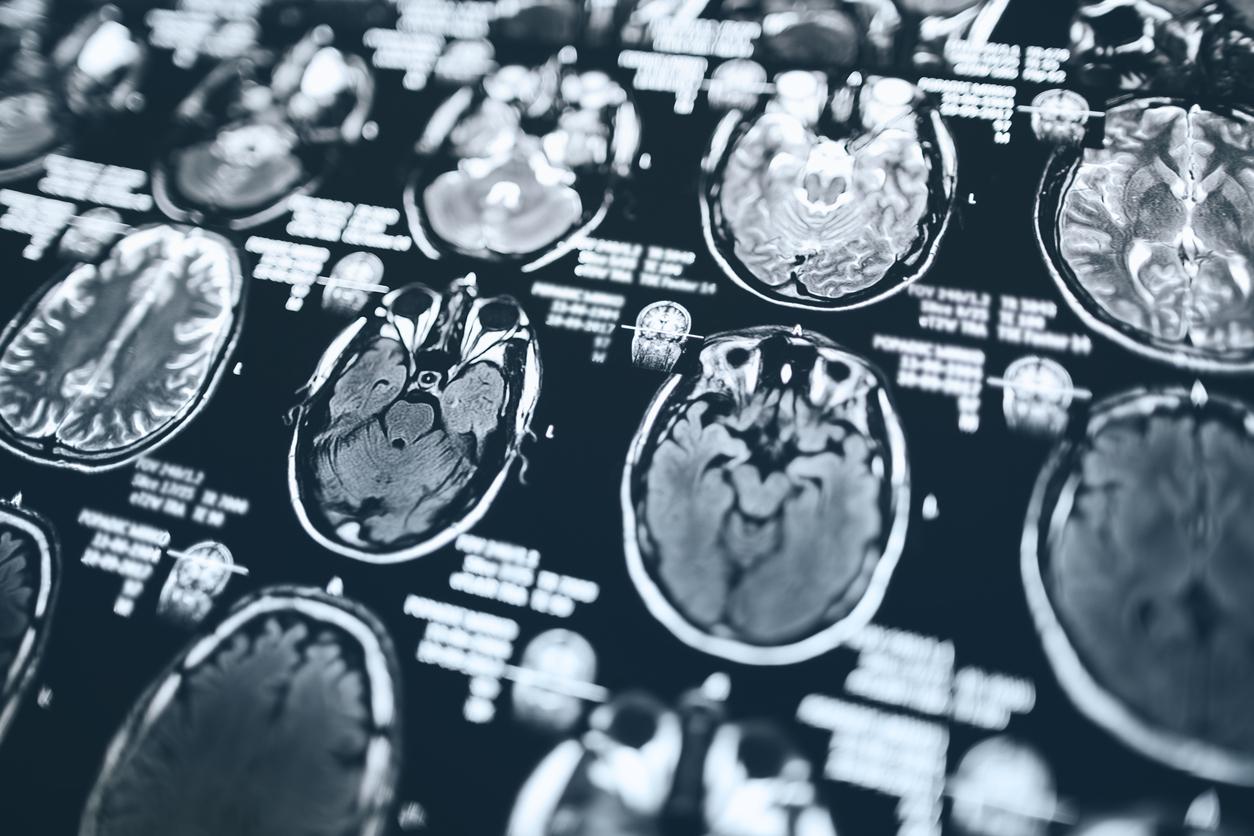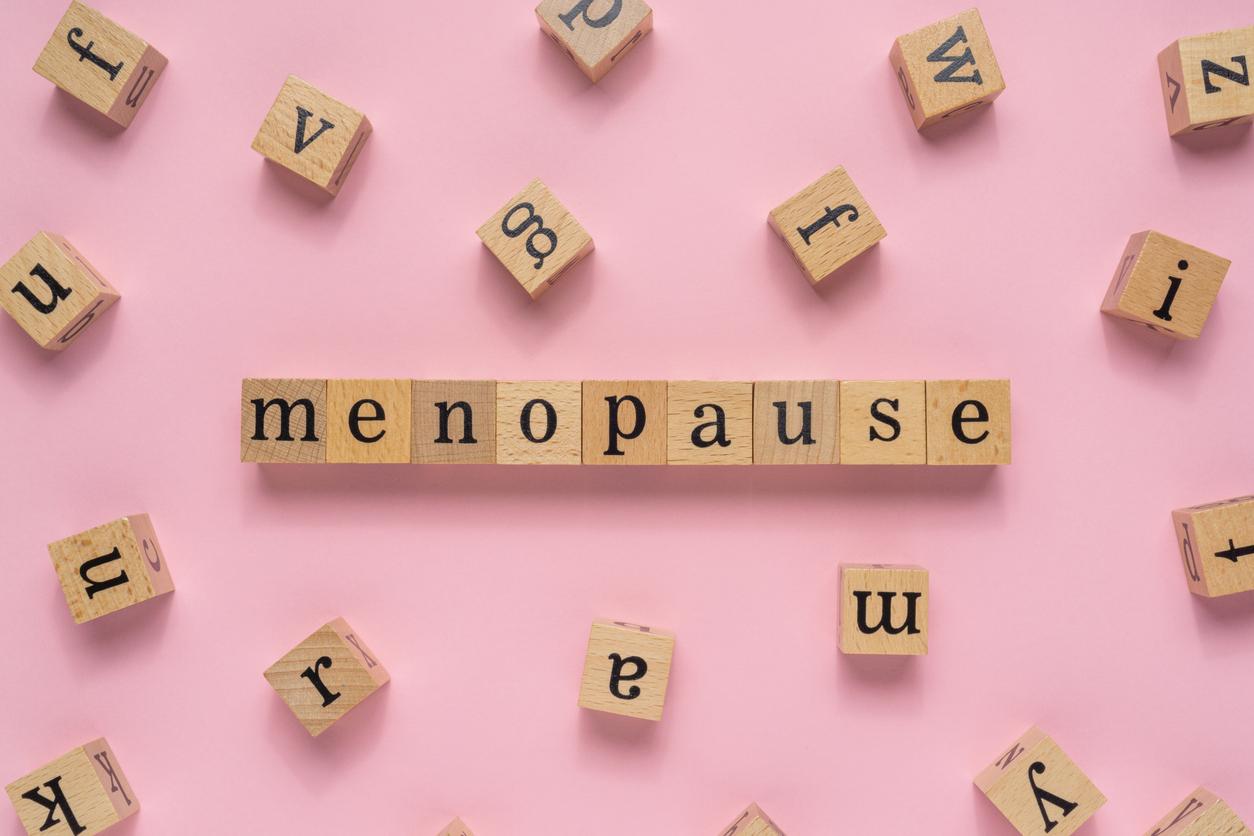Definition of Poland syndrome
This anomaly is mainly manifested by the total or partial absence of the large pectoral muscle and in some cases of the small pectoral muscle. It can be bilateral or unilateral. Most of the time the poland syndrome reaches the right side unilaterally. Because of this impairment, Poland syndrome leads to various developmental abnormalities not only in the chest, but also in the arm on the same side. A very marked hollow is present on the side of the thorax affected, with an absence of breast on the same side in women.
What is the origin of this pathology?
The cause of Poland syndrome is still poorly known, but several hypotheses seem to emerge. The most likely would be an anomaly in the irrigation of the subclavian artery, located under the clavicle and responsible for circulating blood to the tissues to form the rib cage and the upper limb, during the development of the embryo. The location and severity of the attack lead to symptoms of varying severity.
Another hypothesis describes an abnormality of the ectodermal apical crest, a region of the embryo involved in the early development of limbs.
Finally, a genetic mutation could also be involved in some patients with Poland syndrome and carriers of hereditary malformations, without formal identification of the genetic sequences responsible. The family context, however, represents a low risk factor with a recurrence of only 1% in the same siblings.
People at risk
Contrary to popular belief, Poland syndrome mainly affects men (twice as many as women). About twenty births in France would be concerned each year. It is therefore an extremely rare pathology.
Poland syndrome: symptoms
The disease induces malformations which can vary from one patient to another depending on the damage. They can concern the muscles, the bones, the cartilages with variable severity and extent.
It is possible to observe upper limb disorders related to damage to the pectoralis major muscle, such as:
– partial or total absence of other shoulder muscles;
– a shorter and thinner upper limb on the affected side;
– brachydactyly (shorter hand);
– syndactylies (two or more fused fingers, webbed fingers).
On rare occasions, some patients experience:
– an abnormality in the diaphragm;
– dextrocardia (positioning of the heart on the right);
– one or more missing ribs causing breathing difficulties;
– malformations of the digestive system;
– an underdeveloped kidney (or both);
– endocrine disorders.
A significant psychological impact
In the majority of cases, the functional disorders are not serious. But an asymmetrical thorax and, in women, the absence of the mammary gland or abnormalities in the areola and the nipple can have a very strong impact on the psychological level and self-image. Poland syndrome can then lead to a lack of self-confidence, complexes and withdrawal which can push patients to isolate themselves and avoid social or sporting activities.
In addition, the most common functional disorders involve impairment of the upper limb, particularly in the hand, which complicates daily activities.
In patients with more severe forms of the pathology, there may be a predisposition to certain cancers such as acute leukemia or lymphoma, an additional source of significant stress.
Poland syndrome: possible treatments
The disease implies in the child a follow-up on the medical, surgical and psychological level.
Surgical treatment
The surgery can be for reconstructive and cosmetic purposes.
Reconstructive surgery can correct malformations, such as hand surgery between the 6th and 12th month of the child to unsolder the webbed fingers (if the damage is not too severe); the toe phalanx graft if necessary… It is recommended only very rarely in case of abnormalities of the ribs attributable to abnormal respiratory movements. This inspiratory depression indeed tends to regress with age, but it must be monitored regularly to monitor the possible appearance of scoliosis.
Cosmetic surgery can reconstruct an affected breast or pectoral muscle. It takes place when growth is complete. It consists of restoring volume and correcting existing asymmetries, which considerably improves the quality of life of adolescents, their psychological discomfort and their complexes.
Surgery can correct both malformations that affect the muscles and bones of the chest. Several surgical options are available:
– Lipofilling of the thorax: this intervention consists of injecting autologous fat (taken from the patient himself and involving a sufficient fat reserve) to naturally fill the malformation. The scars are minimal.
– Thoracic implants: able to fill thoracic depressions, they remain less flexible, which can lead to a somewhat frozen result that can sometimes be perceived when the patient moves his arms. The option of the silicone implant adapted to the morphology of the patient from a molding of the thorax is also possible. The placement of thoracic filler implants, however, presents risks of imperfection of result, faulty position or migration of the prosthesis thus requiring their removal.
– DIEP or latissimus dorsi flap surgery: this technique can be proposed if it is impossible to perform thoracic lipofilling or implant placement.
– In case of severe malformation of the ribs: osteochondroplasty can be considered. These operations are rare and require collaborative intervention with a thoracic surgeon.
– Breast reconstruction in women, on the affected side. It takes place after the reconstruction of the thoracic region. The surgeon uses a suitable breast implant. In some women, it is first necessary to use a breast expansion prosthesis to distend the skin little by little. This temporary prosthesis is put in place for a period of 2 or 3 months before inserting the definitive implant.
The specific implants used are personalized. They are made using a 3D scanner, with materials that greatly reduce the risk of rejection. An adipose tissue graft can complete certain procedures in order to refine the aesthetic result.
Psychological support
Psychological support for the child is also strongly recommended to help him overcome his disability and encourage him to practice sports and social activities. Sport is not forbidden and even strongly encouraged. It improves the balance of the child and his posture and allows him to reconnect with his body image.
This article was produced in collaboration with Dr Arnaud Petit, plastic surgeonplastic and reconstructive.

















